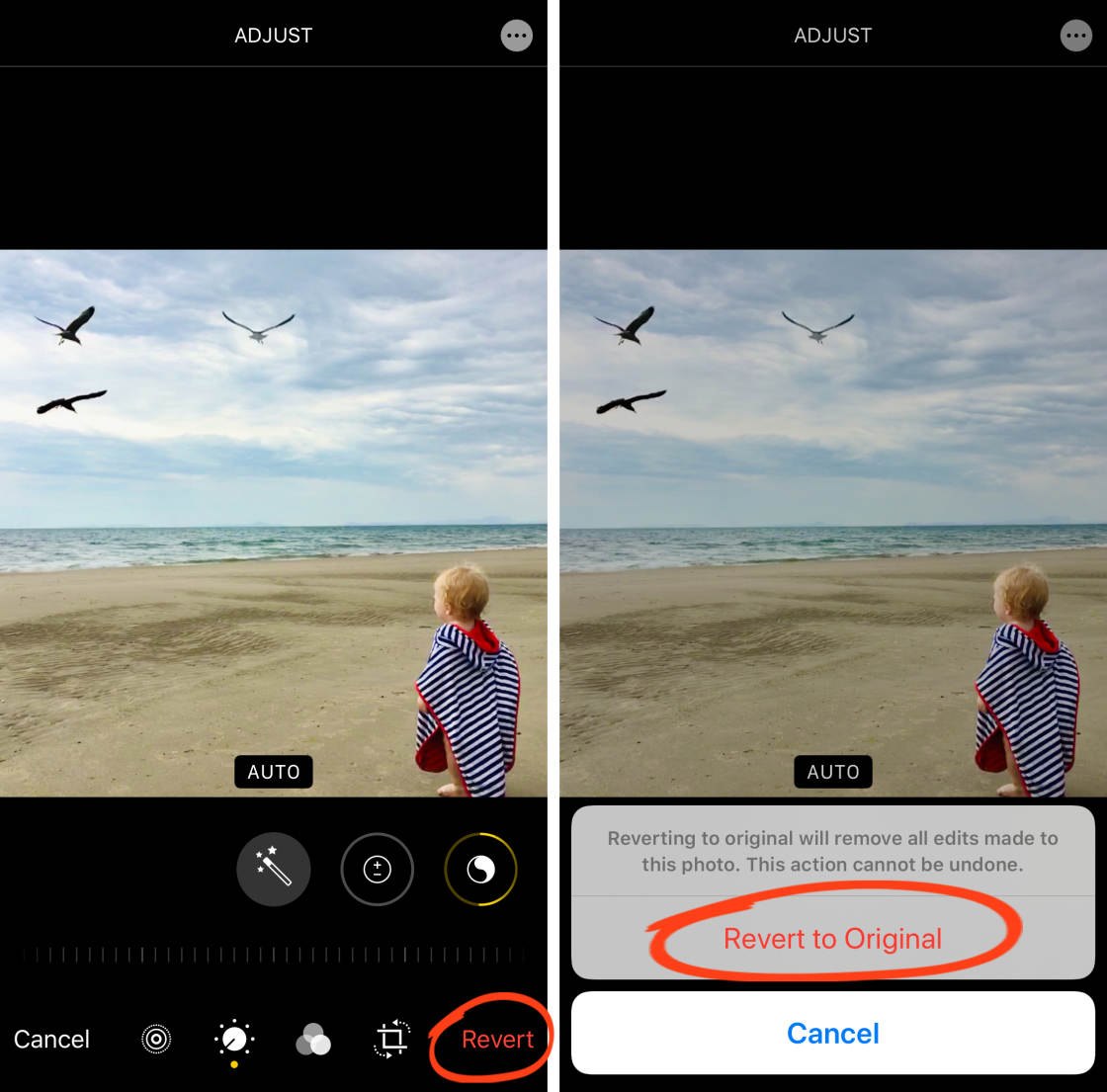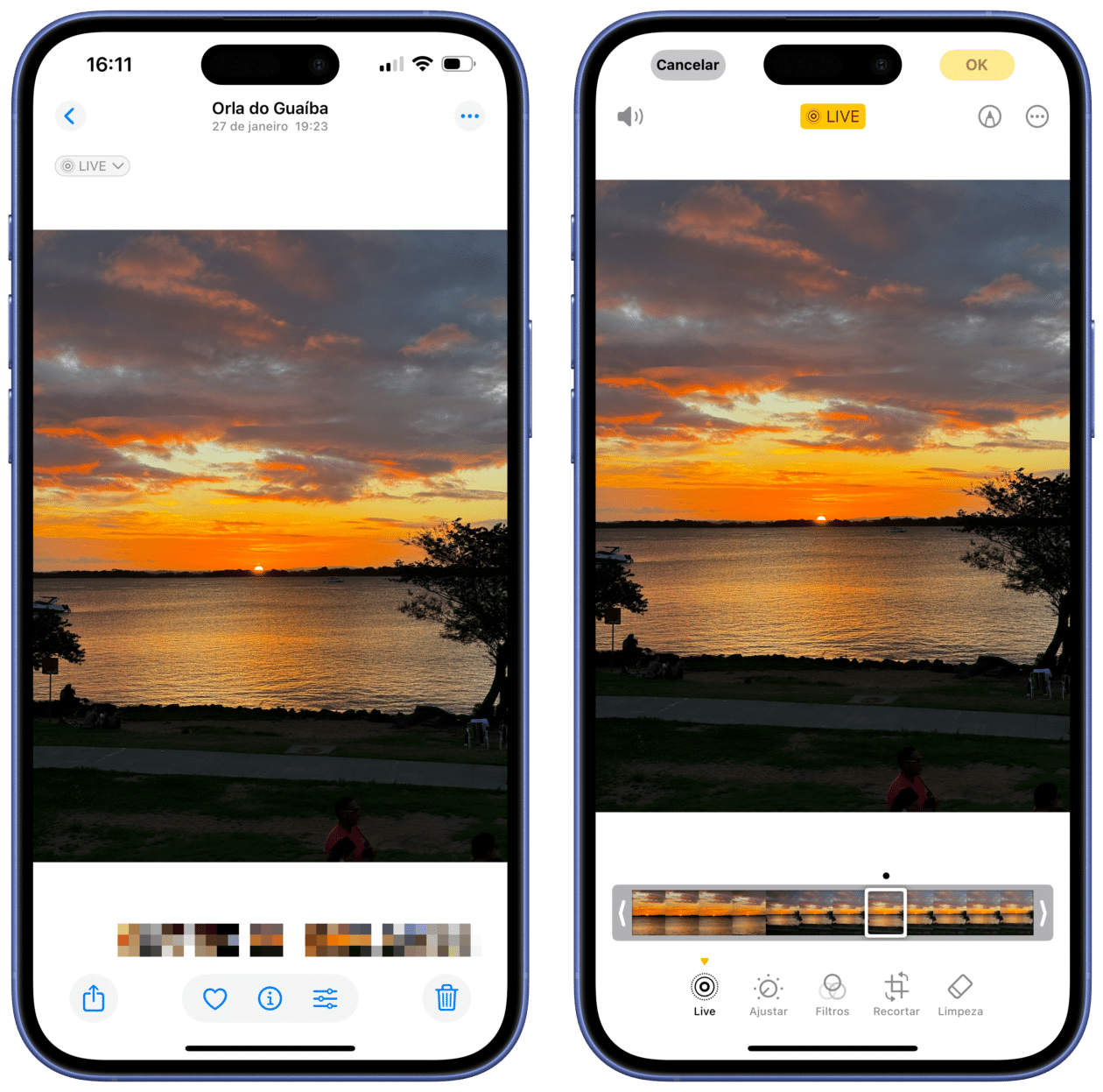Dominate the Live Content Revolution
The live streaming industry has exploded into a multi-billion dollar market, with platforms like Twitch, YouTube Live, and TikTok Live leading the charge. O.Live positions your brand at the forefront of this digital revolution, offering instant recognition and memorability that competitors with longer, complex domains simply cannot match.
Why Live Content Dominates Digital Marketing
Live streaming generates 1200% more shares than traditional video content, while live broadcasts receive 10 times more comments than pre-recorded videos. The immediacy and authenticity of live content create deeper audience engagement, making O.Live the perfect domain for businesses ready to capitalize on this trend. Whether you're building a live shopping platform, real-time news service, or interactive entertainment hub, this domain communicates your core value proposition instantly.



:max_bytes(150000):strip_icc()/live-photo-key-frame-e8ad812b061744dc8071bdae292f17d9.jpg)